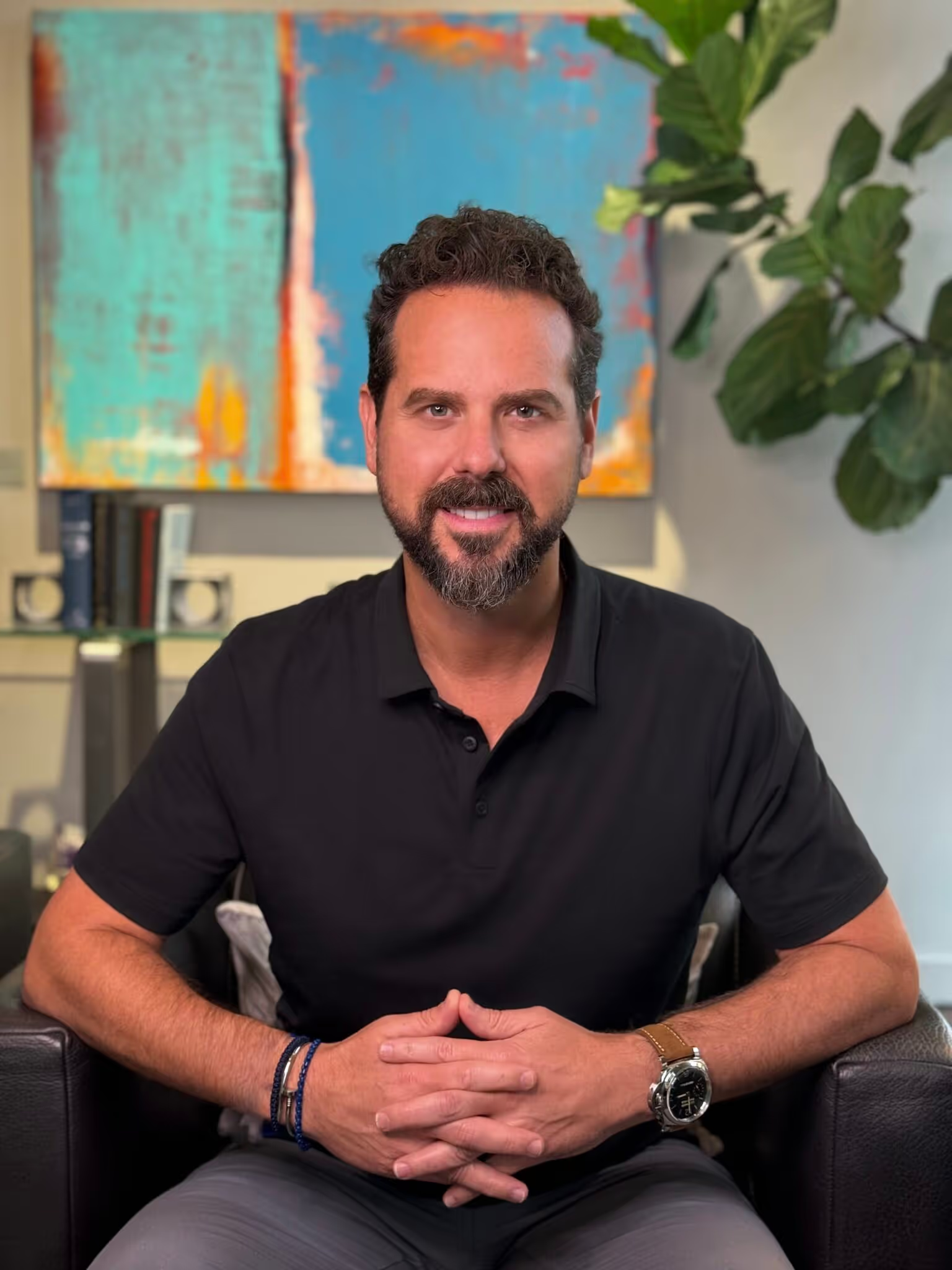
The 90/10 Rule (Part 2)
In “The 90/10 Rule (Part 1),” I related that my dad would always tell me, “Life is ten percent what happens to you and ninety percent how you react to it.” I agree with that statement, and it’s helped me immensely as a husband, father, counselor, family member, and friend.
But since beginning my practice and writing The Stories We Tell Ourselves, I’ve come to believe that his statement could be adapted:
“Life is ten percent what happens around us and to us and ninety percent the stories we tell ourselves.”
In other words, often how we react to a situation isn’t dictated by the actual circumstance or the person who’s sitting across from you. Rather, our reactions are based on the (often fabricated) stories we’ve already told ourselves about the situation or person.
These internal, made-up stories are ways for us to make us feel better about ourselves. They’re fictional narratives based on half-truths that offer us an easy route toward some semblance of control over the situation, like a movie director placing all of her characters exactly where she wants them and having each of them deliver the dialogue that’s already been written for them.
That’s complete control.
But that’s not real life.
When the stories we tell ourselves meet reality and the people in our lives don’t act or speak the way we expect them to, relational anxiety skyrockets. The fear of having no control escalates, which usually causes us to seek more control, and the cycle continues.
But if we can understand that such relational anxiety is based on the made-up stories in our minds, we can begin to learn how to tell ourselves the right kind of stories—the true ones—so that our relationships might deepen and our anxieties lessen.

